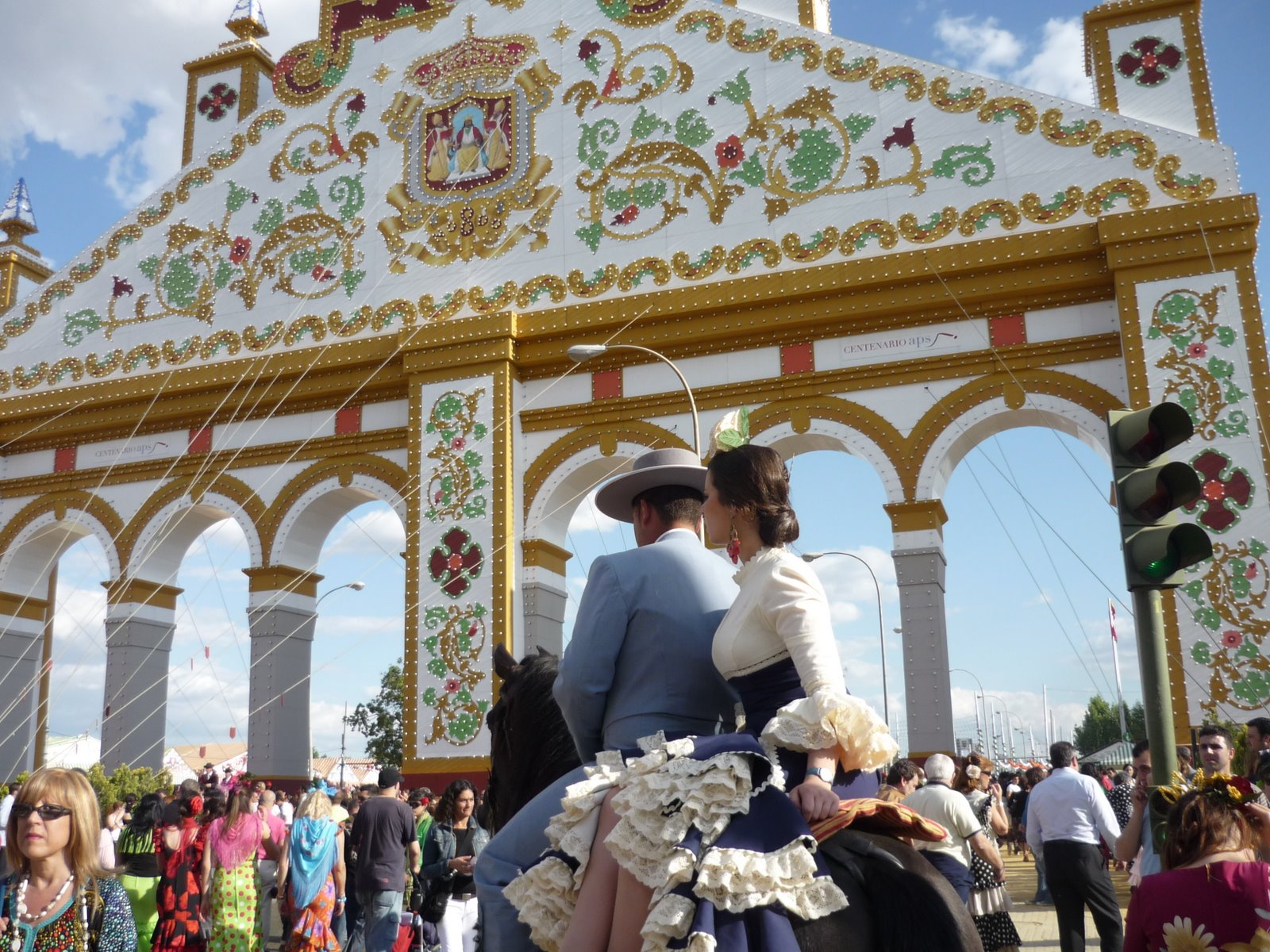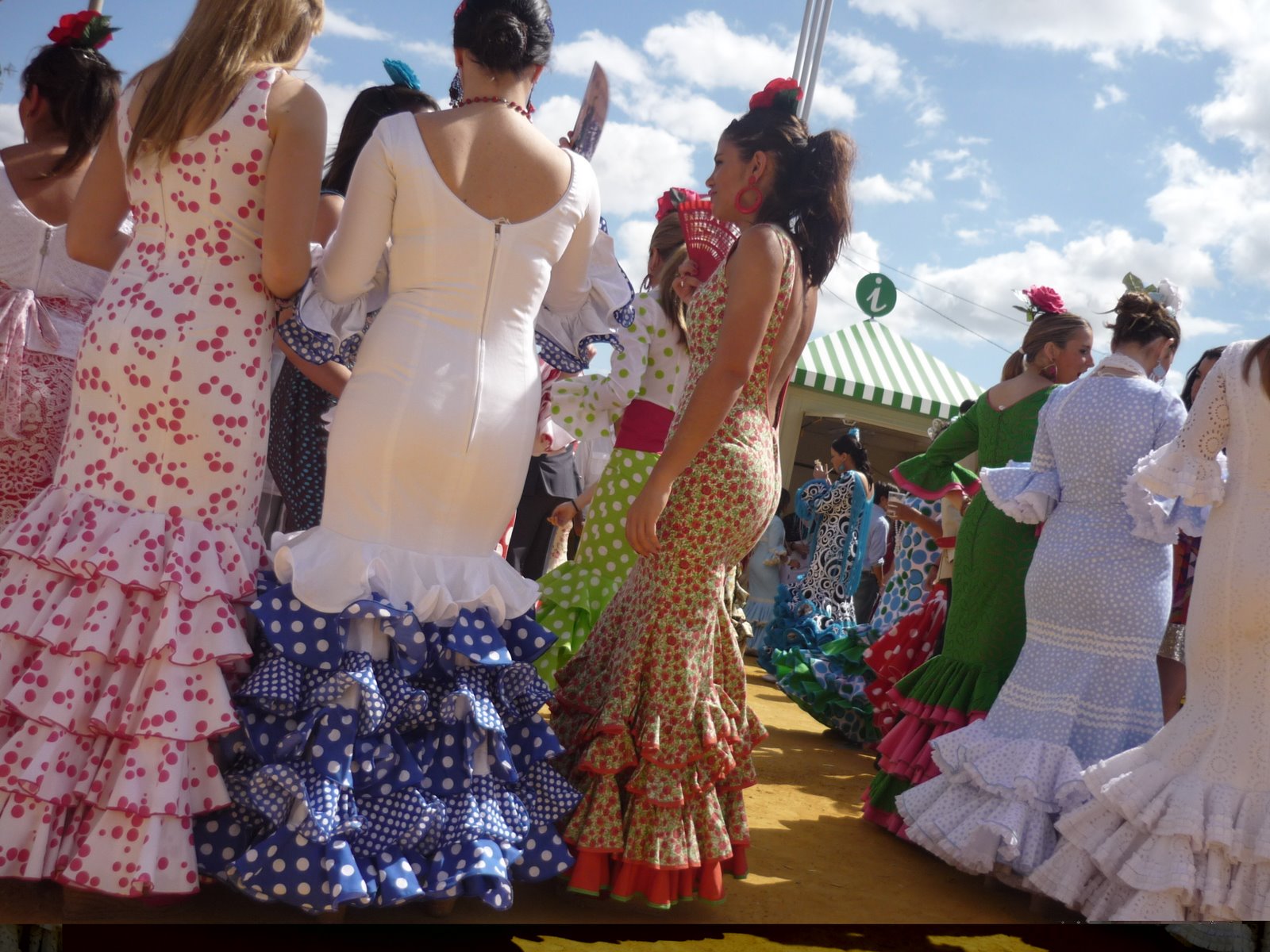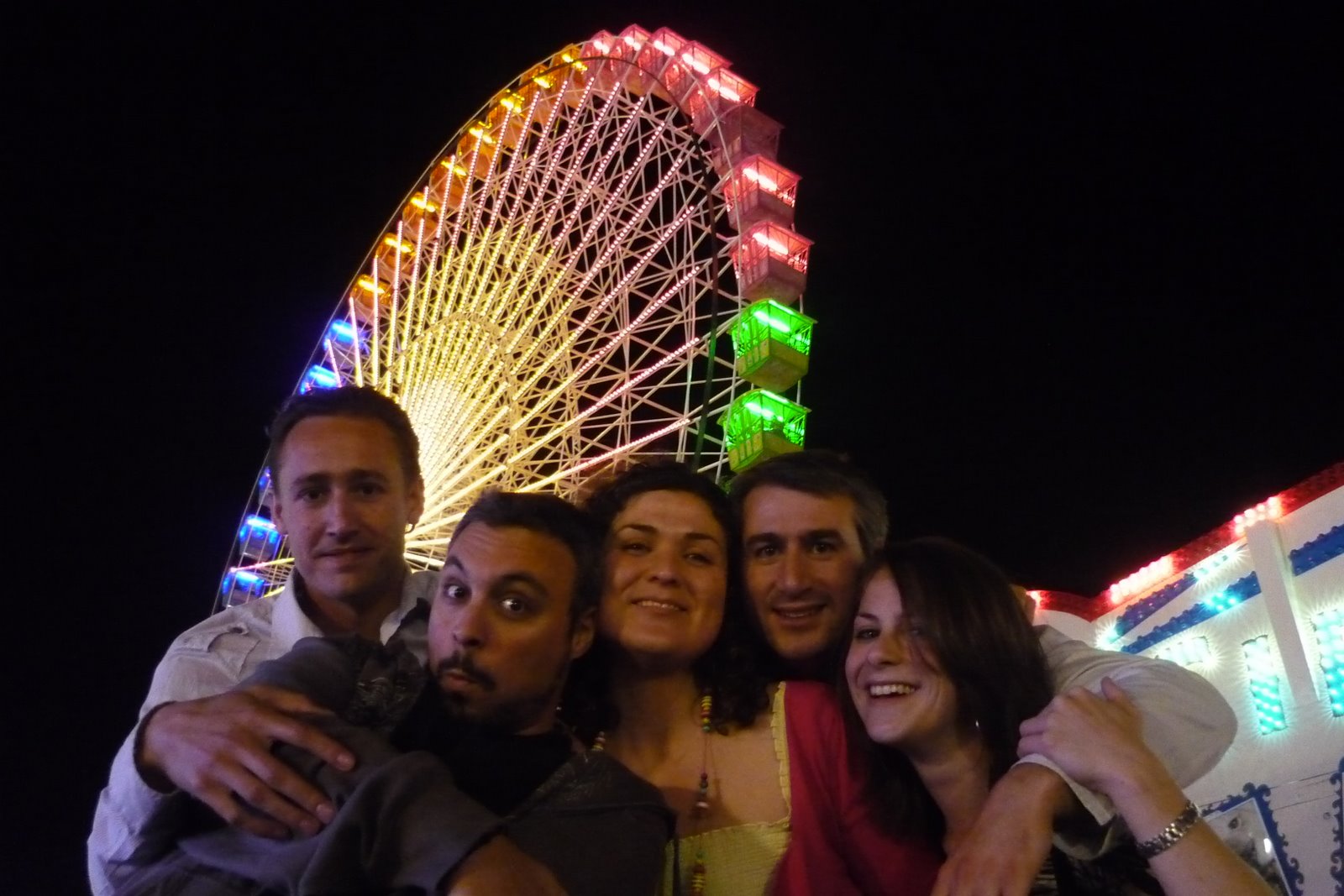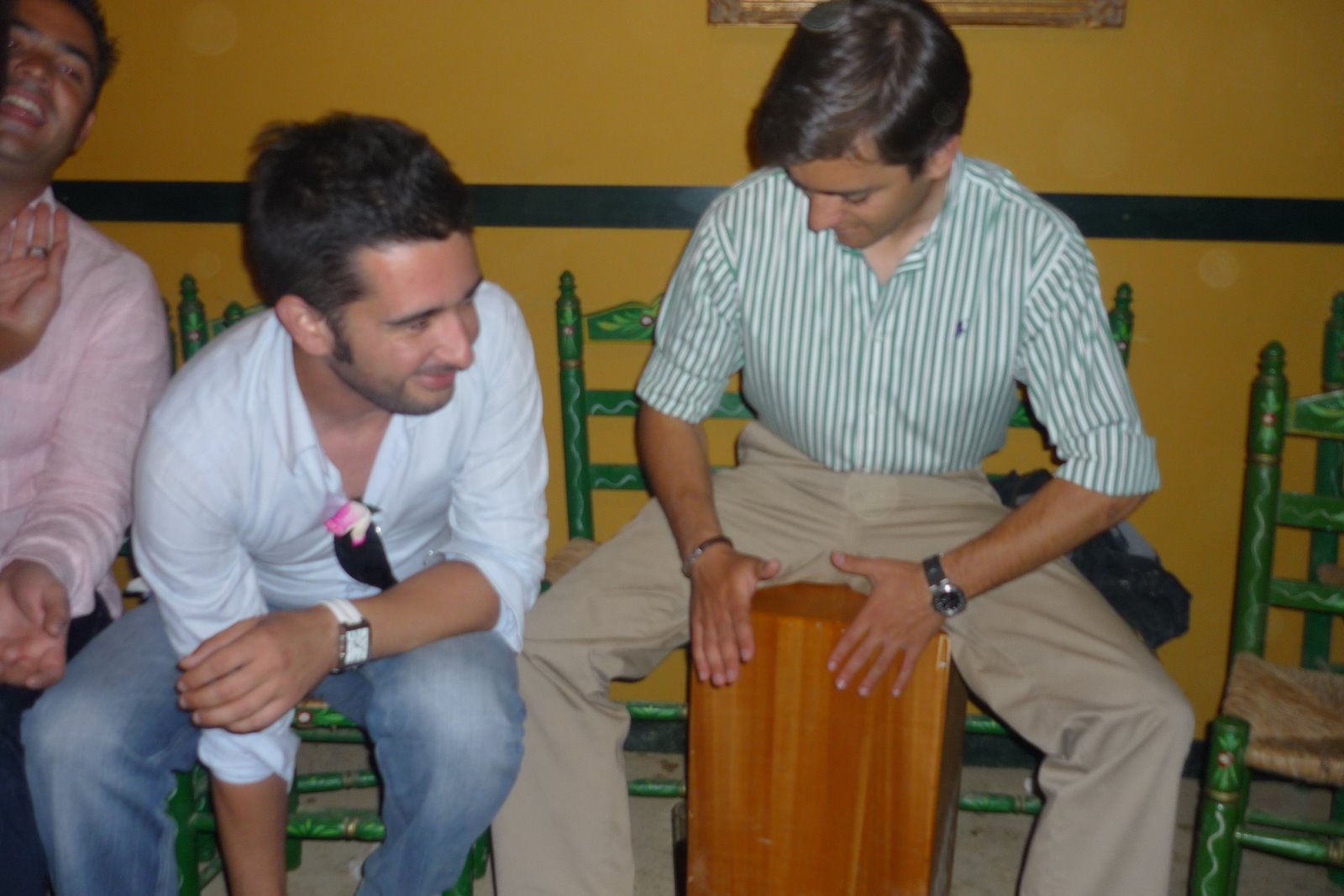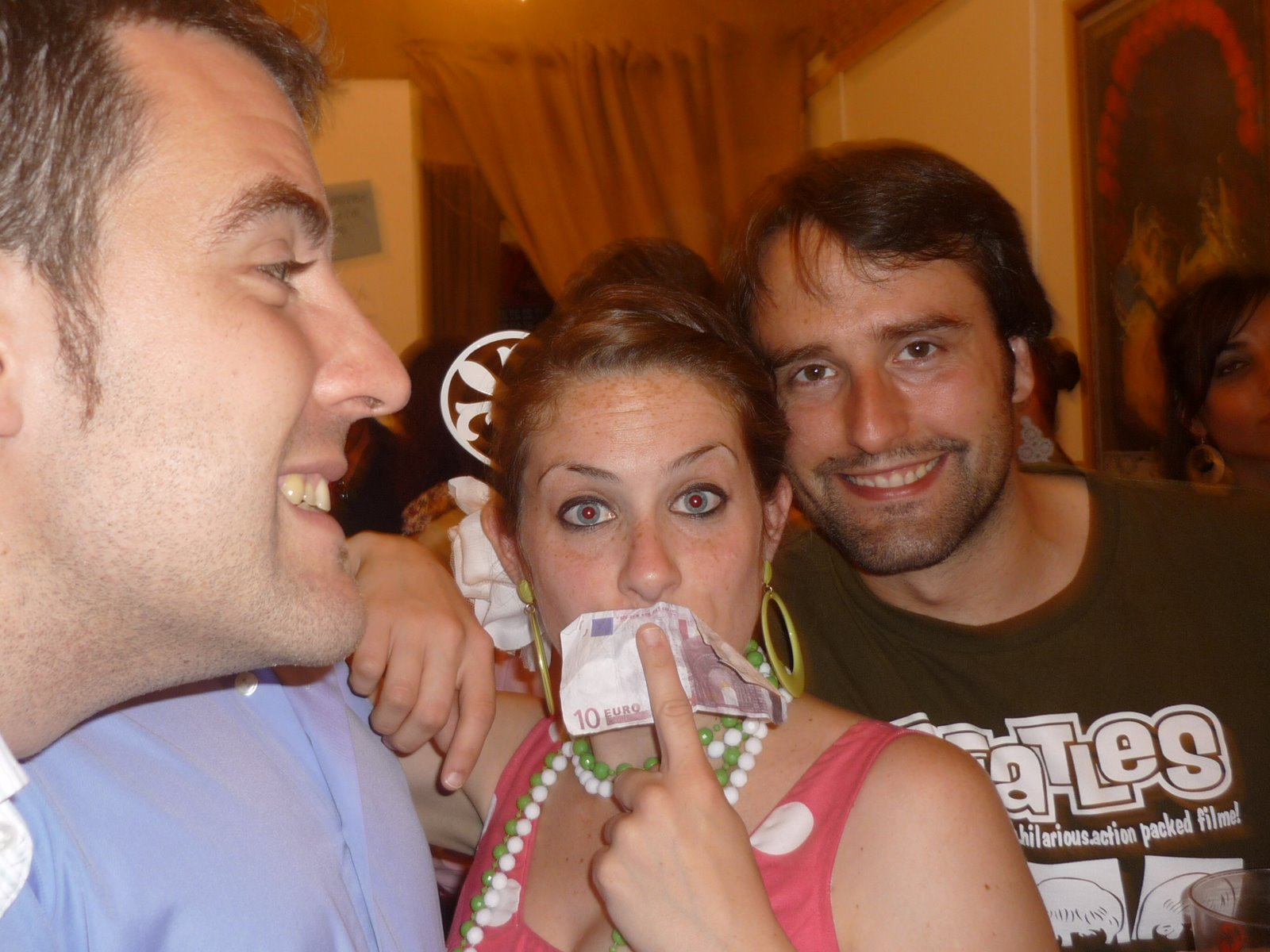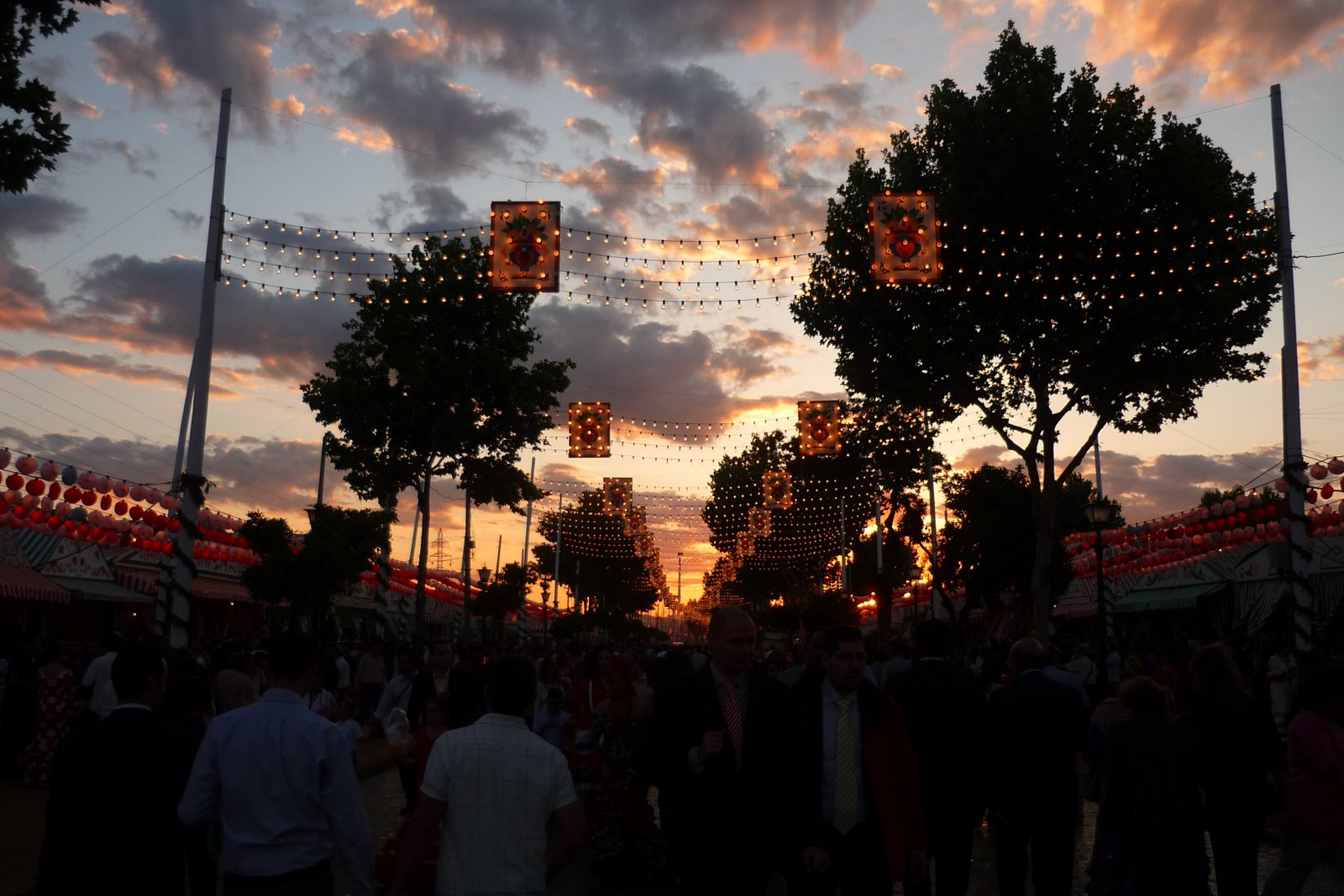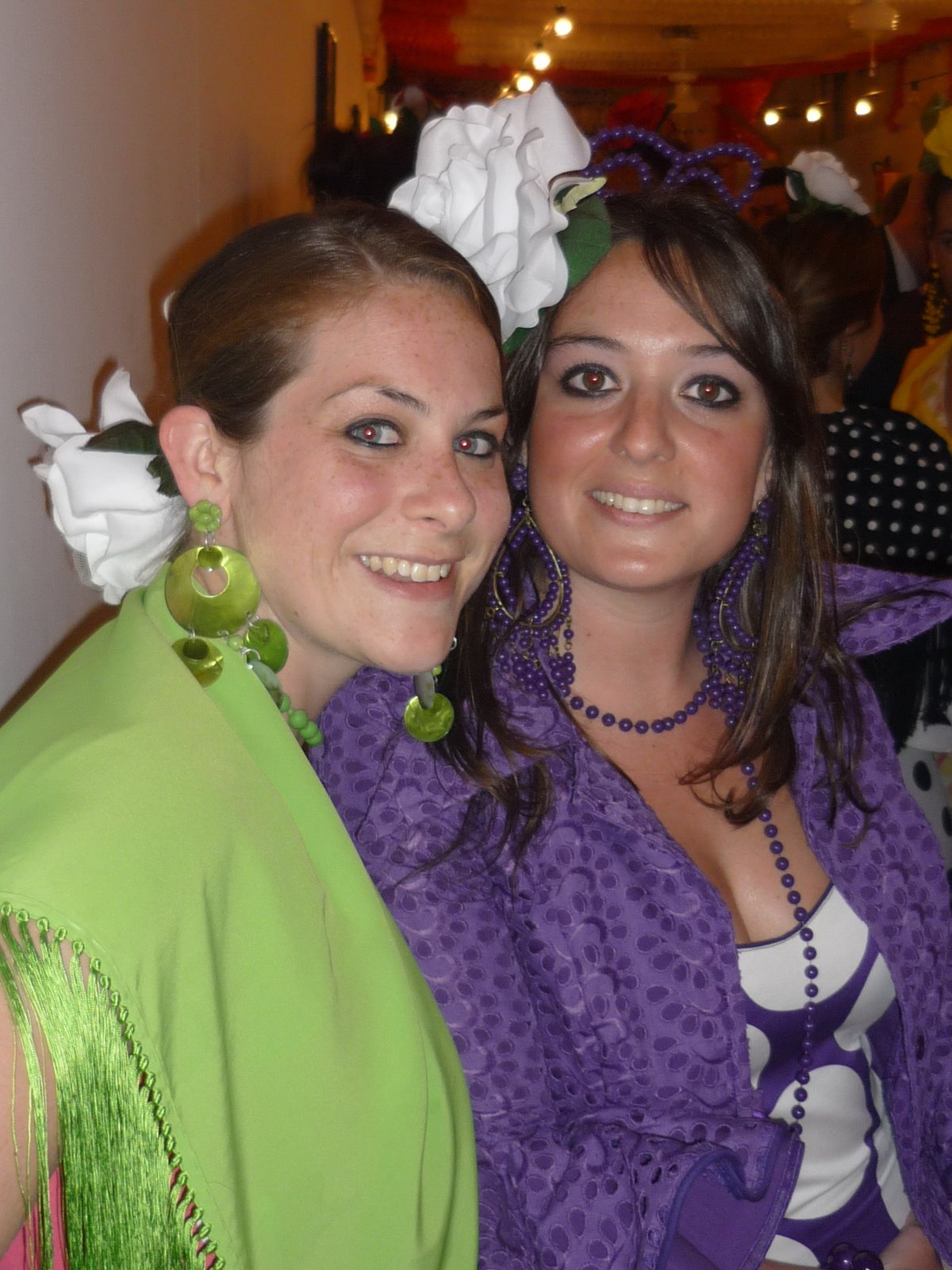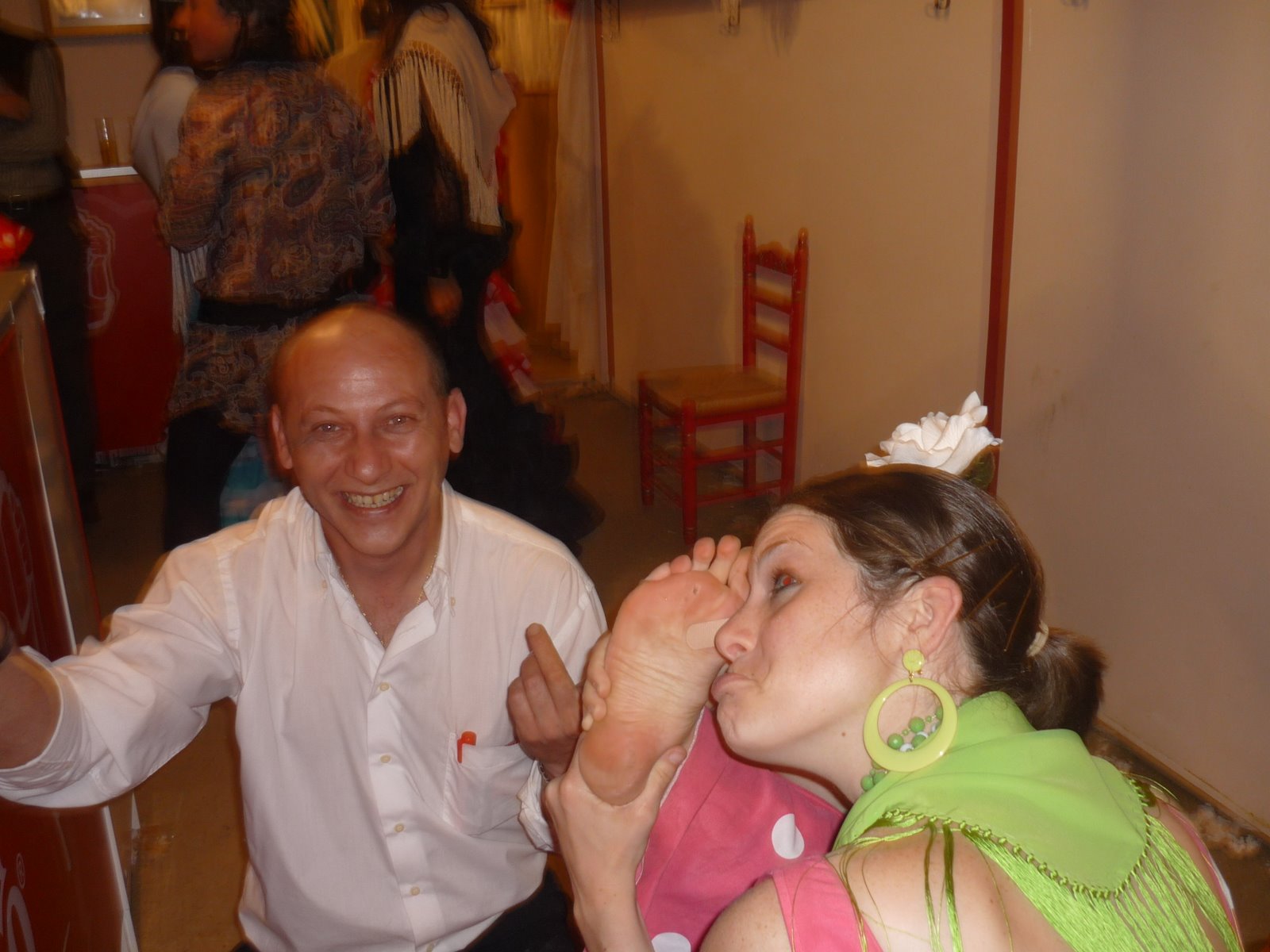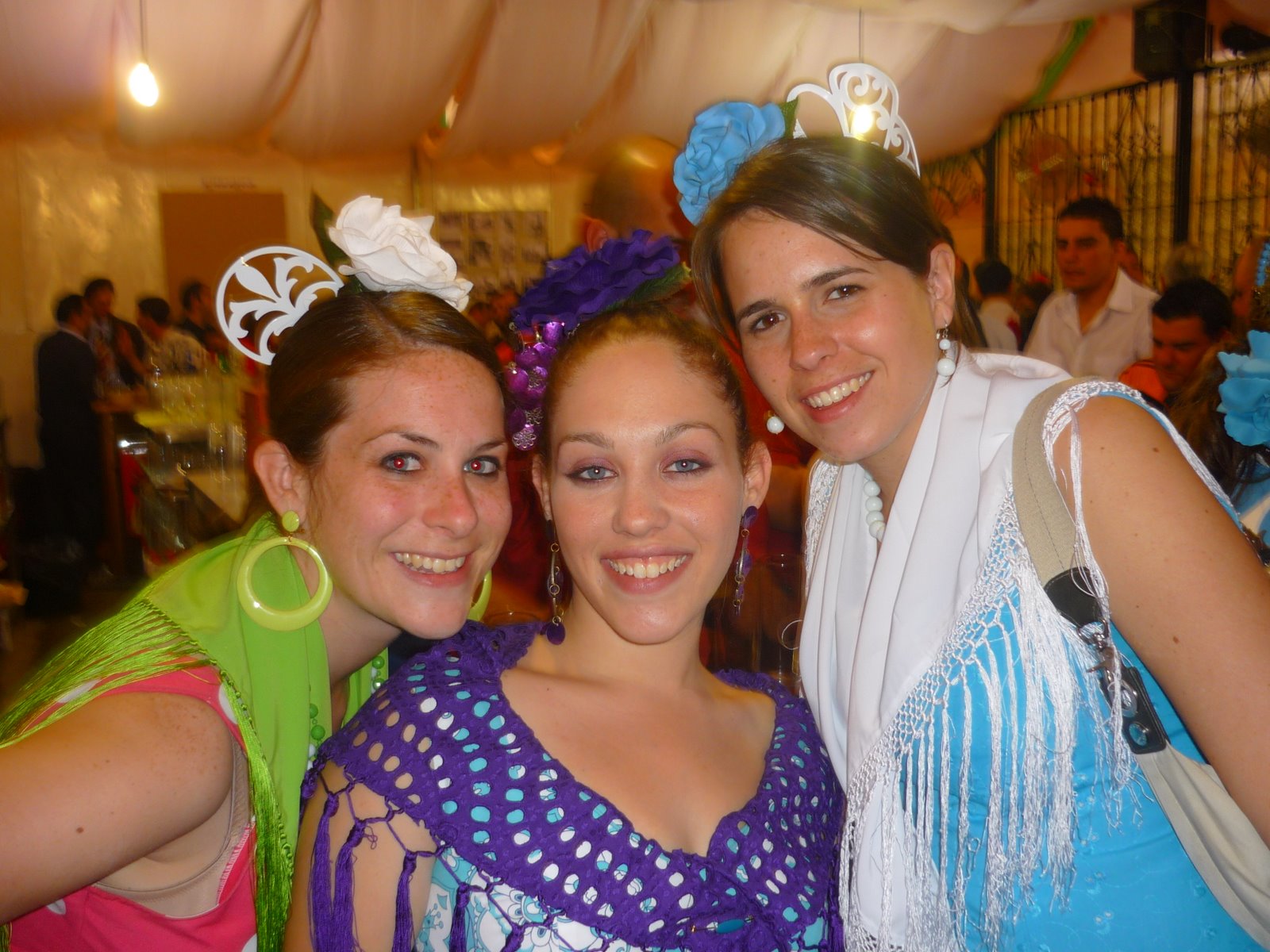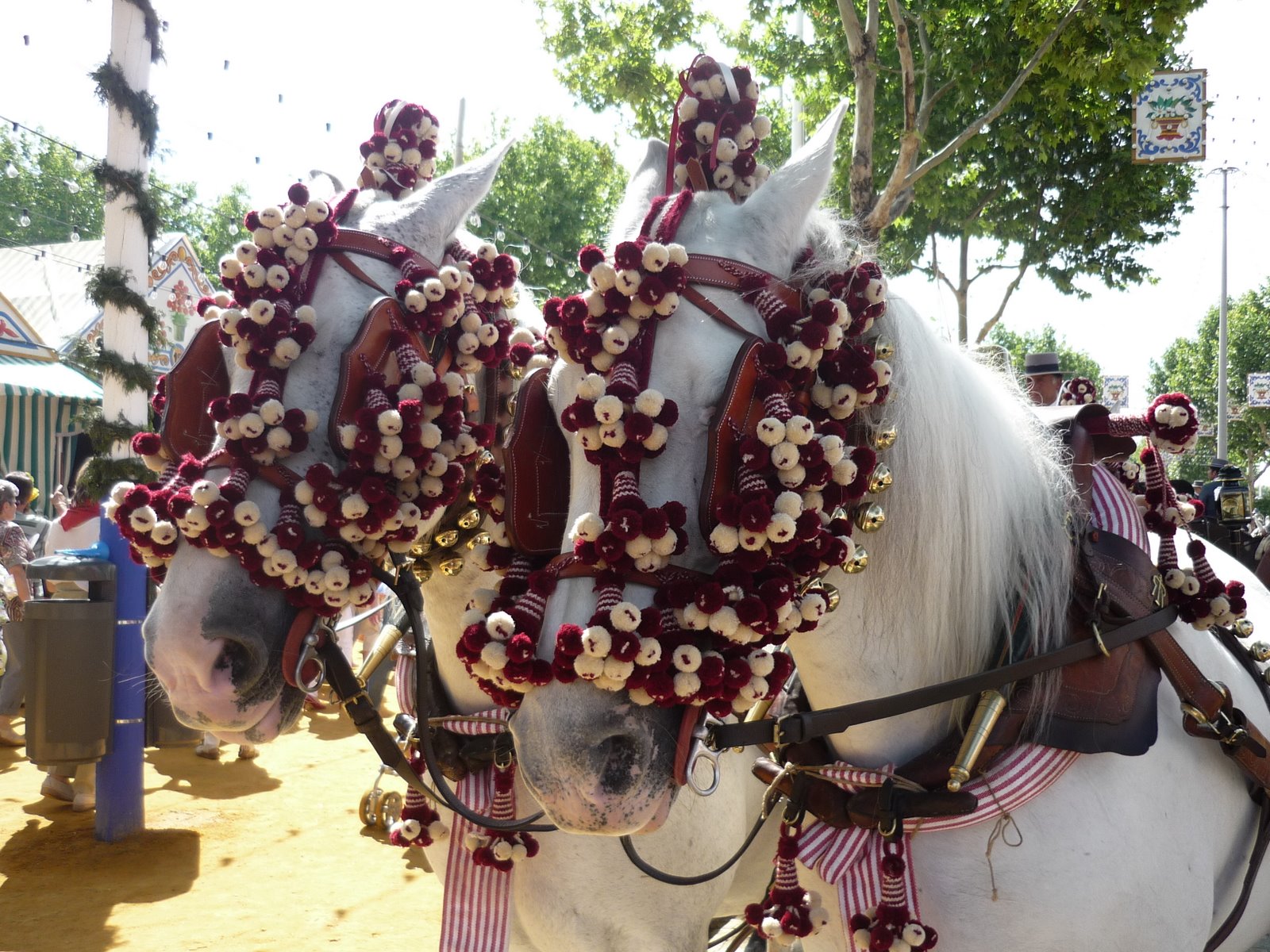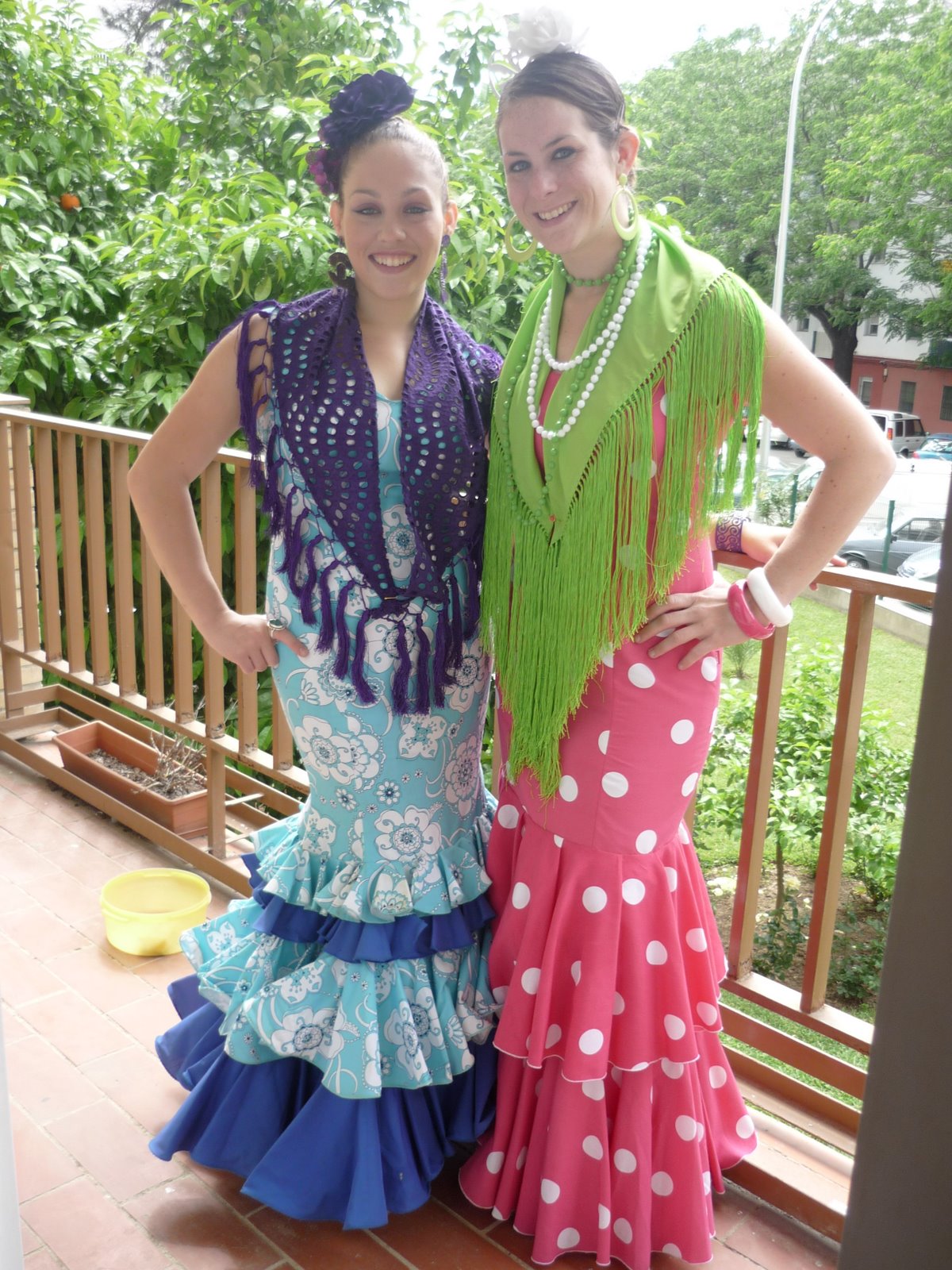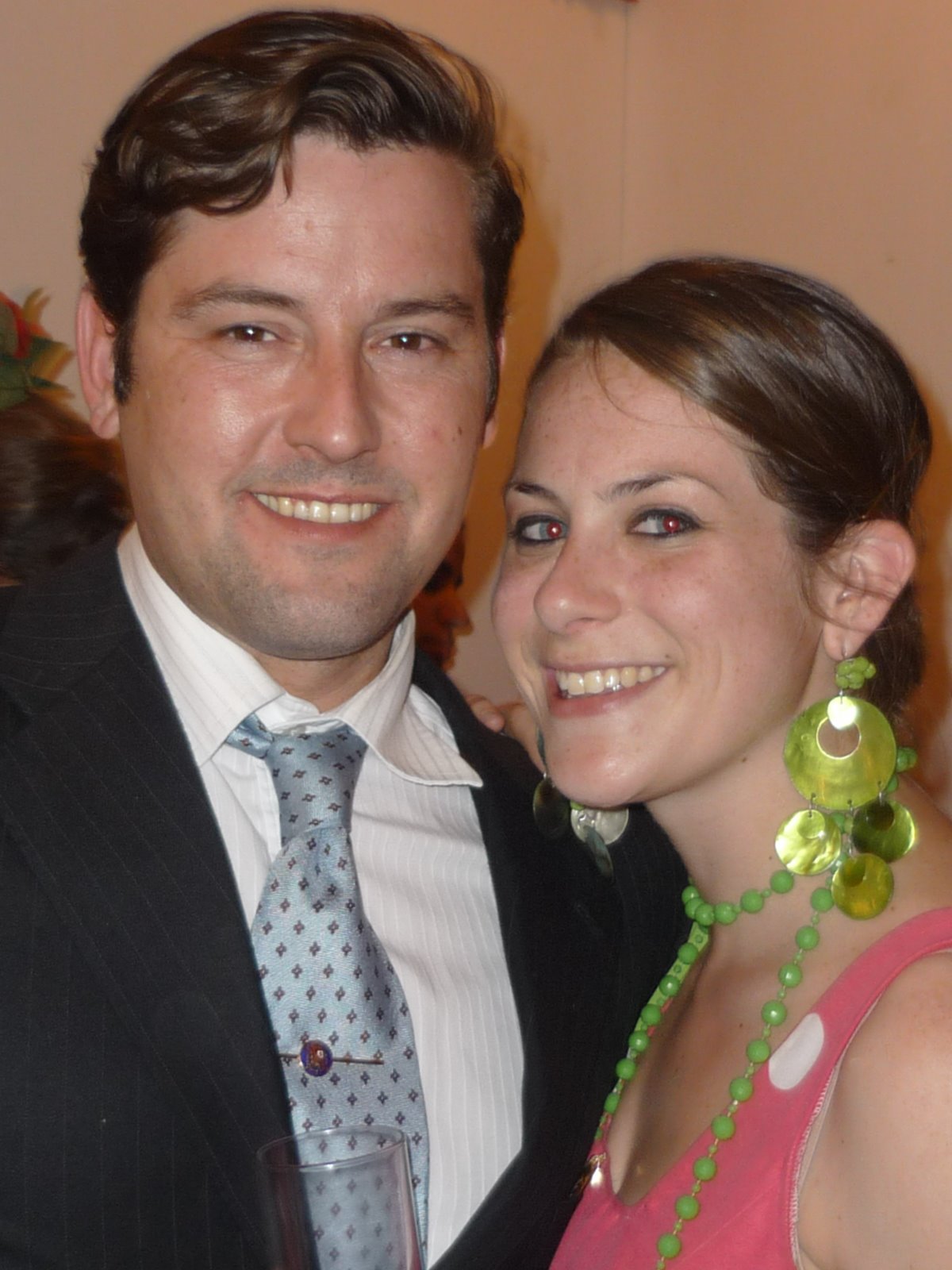There’s a cutre little old man bar on the corner of San Jacinto and Plaza de Miguel Porres in Triana. Named for a virgin (clearly), it’s one of those bright, napkin-covered bars that old men stand at while drinking their coffee and chowing down a tostada con jamón.
Today, my class with Javi got cancelled because he STILL has a hangover from Sevilla Futbol Club’s most recent win, so I wedged myself in between two old dudes and ordered a media con tomate from the owner, a guy in his mid-40s. I got knocked in the side several times by the teetering old men who were having their morning hierbabuena, despite a sign over the alcohol shelf reading NO SE SIRVE ALCOHOL por la manana .
My toast was a little bit burnt and had way too much olive oil, but I was content to listen to a man who was three beers in (this was 11 a.m., mind you) before I had finished half the toast and was arguing with the other bartenders about the latest fracaso in Sevilla – whether or not Real Betis Balompié would descend to the second tier of the national soccer league. A Bético against a bar full of Sevillistas, he soon changed the subject to El Rocío, an annual pilgrimage to a church in the middle of a national park. People (most of my student included) rent or own a small home on wheels and walk from their villages to see the likeness of the Virgin of the Dew.
He said: “Semana Santa. Feria. El Rocio. Feria de Sanlucar. Las cojo todas!!”
I replied: “Lo haces bien.”

